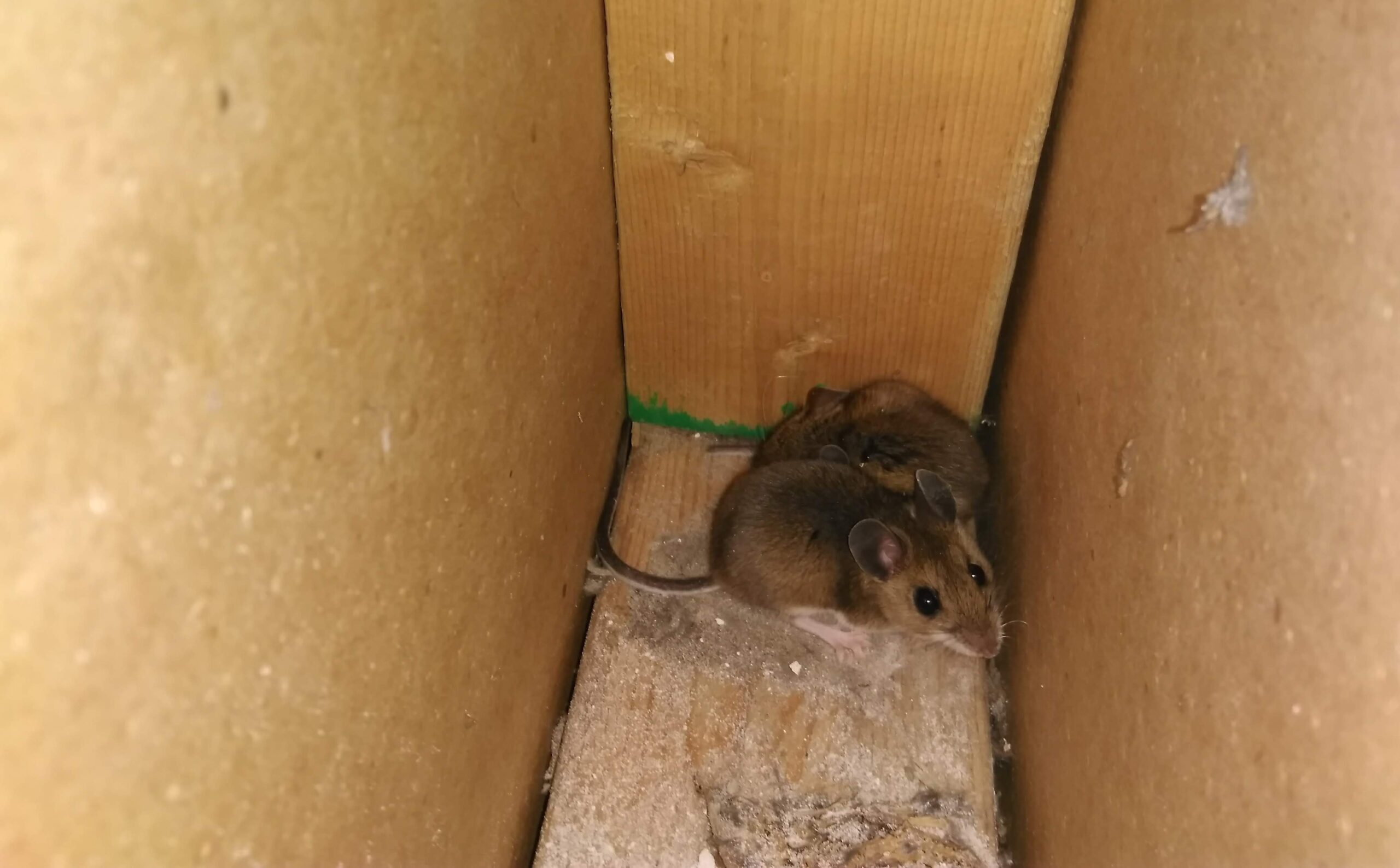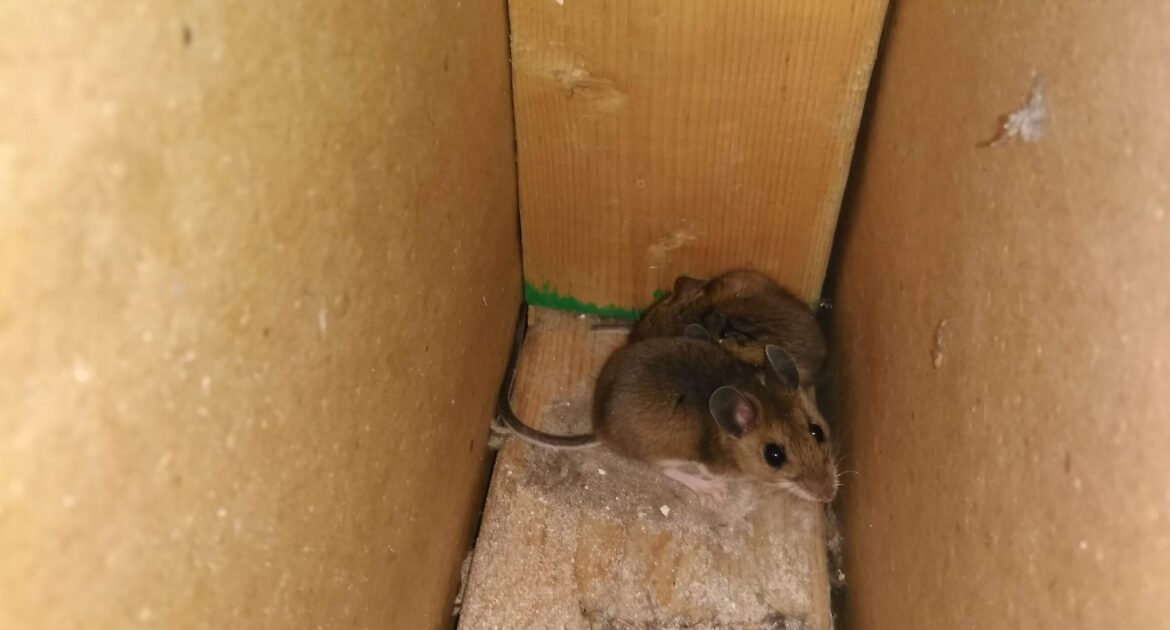Every year, as the days start to lengthen into spring, a sudden wave of sneezes and sniffles begins sweeping through our homes. Could it be pollen? Maybe, but not always. Allergies inside your house might also be caused by the tiniest of intruders—mice. Yes, those small, elusive creatures might be more than just an annoyance. They could be the culprits behind some of the allergies in your living spaces.
Mice are more than just unwelcome guests. Recognizing the signs of mice infestation is crucial—look for droppings, gnaw marks, and strange noises at night. They carry allergens that can trigger reactions in people living with them. If you’ve been battling unexplained allergies lately, there’s a chance that these rodents might be the cause. Getting rid of these allergens at their source can help ease your symptoms and create a healthier home for you and your family.
If you’ve noticed itchy eyes or allergies that get worse in certain areas of your house, mice might be the cause. At Skedaddle Humane Wildlife Control in Victoria, we’ve helped many homeowners find the link between these tiny pests and sudden allergy problems, making the first step to solving the issue clear. Here’s how they can affect your indoor air quality and some signs that might help you identify if they are behind your allergy problems.
How Mice Spread Allergens
Tiny as they are, mice can have a surprisingly big impact when it comes to allergens in your home. Understanding the various ways they contribute to allergies can help you tackle the issue head-on. This allows you to maintain a healthier living environment for your family.
Droppings and Urine
Every mouse leaves behind a trail of droppings and urine as it scurries around your home. These not only make a mess but can also release harmful particles into the air. When these particles dry out, they break down into tiny dust-like bits that float around in your house, mixing with dust. This airborne mix can be a significant irritant for allergy sufferers. Breathing in these particles might trigger allergic reactions or worsen existing symptoms like sneezing and a runny nose.
Mice typically frequent kitchens and pantries, making these areas hotspots for potential contamination. Whenever you notice an unusual increase in allergy symptoms when entering these areas, it might be time to investigate further. Remember, regular cleaning might not catch everything, as these particles can settle in hard-to-reach corners.
Dander and Fur
Just like pets, mice shed fur and skin flakes – known as dander. These can become additional sources of allergens in your home. Even if a mouse is rarely seen, it can silently contribute to the allergenic load inside your house through its shedding habits. When mice move, they often shed tiny hairs and skin bits, which can end up in your air ducts, carpets, or anywhere else they pass through.
Handling dander isn’t easy, as it can become lodged in your home’s fabric surfaces. Over time, these microparticles add up and contribute to allergy symptoms. For those sensitive to animal dander, this can mean more sneezing, coughing, and watery eyes around the home.
Nest Materials
Mice are notorious for making themselves at home with whatever materials are available to them. They often build nests using paper, fabric, and bits of insulation they find in the recesses of your home. These salvaged materials aren’t just unsightly; they can carry additional allergens that contribute to allergic reactions in some individuals.
Old, dusty fabrics torn from furniture or clothing can harbour other allergens like mould or dust mites, which, mixed with those from the mice, can worsen allergy symptoms. When adding these external allergens to those naturally produced by mice, it’s clear how their presence can be detrimental to indoor air quality.
Symptoms Caused by Mice-Related Allergies
If you’ve been sneezing or feeling unwell at home, mice might be the hidden cause. Recognizing the symptoms of mouse-related allergies can help you identify and address the problem early.
Persistent Allergy Symptoms
Persistent sneezing, an itchy throat, or a runny nose that doesn’t go away could be a sign of mice in your home. These symptoms can mimic other allergies, like dust or pollen, making it hard to know the real cause. If you notice allergy symptoms happening at the same time as finding droppings or nests, mice might be the problem. If removing dust or mould doesn’t help, it’s worth investigating further.
Aggravated Symptoms in Certain Areas
Pay attention to where your symptoms get worse. Rooms like the kitchen, attic, or basement are common places for mice to hide. If entering these areas triggers sneezing or itchy eyes, it could mean there’s an infestation. Ask family members if they notice similar patterns. If everyone’s symptoms act up in the same areas, it’s a strong sign mice might be behind your allergies.
Unusual Odours
Sometimes, your nose can pick up signs before your eyes do. Mouse urine has a strong, unpleasant smell that can linger in your home. If you notice a musty or ammonia-like odour that won’t go away, it could mean mice are nearby. Don’t ignore odd smells, especially if they seem to come from hidden corners. Persistent odours might mean mice have nested in hard-to-reach places.
Recognizing these symptoms can help you take action before the problem gets worse.
Health Risks Beyond Allergies
Living with mice in your home can bring more than just allergy symptoms—it can lead to serious health concerns over time. Beyond irritating allergies, long-term exposure to mice can affect your overall health.
Mice don’t just spread allergens; they can carry harmful diseases like Hantavirus and Salmonella. These can be transmitted through their droppings, urine, and saliva left on surfaces. While rare, these diseases can pose significant risks to your household.
Trying to clean up mouse-contaminated areas without proper sanitation can make things worse. It’s important to clean carefully to avoid spreading bacteria and viruses further. Always prioritize hygiene and use the right cleaning materials to stay safe.
For people with conditions like asthma, mouse allergens can make things even harder. Tiny airborne particles from mouse activity can irritate the lungs and make respiratory symptoms worse over time.
Taking steps to address these risks can improve the air quality in your home and protect your family’s health. Early detection and proper management are key to creating a cleaner, healthier living space for everyone.
Safeguarding Your Home
Mice in your home can cause allergy symptoms like sneezing, runny noses, and itchy throats. These tiny intruders leave behind droppings, urine, and saliva that spread allergenic particles into the air, which can worsen symptoms, especially if you have asthma or other respiratory issues. It’s important to identify signs of mice infestation early, such as unusual odours or increased allergy symptoms in specific rooms, to protect your health and avoid further problems.
If you notice signs of mice infestation, like strange smells or worsened allergy symptoms, don’t wait! Mice can easily get into houses through small cracks and gaps. To get rid of mice safely and prevent future infestations, reach out to Skedaddle Humane Wildlife Control in Victoria. Our team uses safe, humane methods to remove mice from your home without causing harm. We ensure they won’t come back by securing your house and using one-way doors to allow mice to exit on their own.
Protect your health and home from unwanted guests with expert wildlife removal in Victoria. For safe and effective solutions to get rid of mice, contact us to request a quote and learn more about our services. Skedaddle is here to help you enjoy a mouse-free household!




